The Hidden Challenge of Lab Result Management
For OB/GYN and women’s health clinics, lab work is a constant.
From Pap smears and hormone panels to prenatal screenings and fertility assessments, thousands of lab results move through each clinic every month.
But for many practices, managing those results still involves manual tracking, inbox sorting, and data entry. Staff sift through faxes, emails, or portals—matching lab reports to the right patient chart. This slows everything down and introduces real risks: delayed follow-ups, missed results, or duplicated testing.
AI-driven automation is solving that problem—by turning one of the most tedious workflows in healthcare into one of the most efficient.
How AI Streamlines the Lab Result Workflow
AI doesn’t just digitize documents—it understands them.
Modern AI systems use optical character recognition (OCR), machine learning, and clinical language models to interpret and organize lab results in real time.
Here’s how it transforms the process:
- 1. Automatic Capture:
AI ingests lab results from any source—fax, email, EHR integration, or uploaded PDF. - 2. Intelligent Classification:
The system recognizes what kind of result it is (Pap smear, hormone level, prenatal screening, etc.) and who it belongs to. - 3. Data Extraction:
It pulls key information—patient name, test type, result date, and abnormal flags—without human input. - 4. Smart Routing:
AI routes the result directly to the correct provider or care coordinator for review. - 5. EHR Synchronization:
Results are automatically attached to the patient’s record and flagged for follow-up when needed. - 6. Alerts & Follow-Up Triggers:
If a result is abnormal or time-sensitive, AI instantly alerts the care team and can auto-schedule follow-up communication.
Why Lab Automation Is Critical in Women’s Health
Women’s health clinics deal with a uniquely high volume and variety of lab data. A single patient may have multiple concurrent tests—from prenatal panels to hormone levels—often across different labs.
AI ensures:
- Faster result turnaround times
- Lower error rates in documentation
- More consistent communication between labs and providers
- Improved patient safety through timely follow-ups
When every result is automatically organized and routed, no patient slips through the cracks.
What to Look for in an AI Lab Management Solution
When evaluating lab result automation tools, women’s health leaders should look for:
- Multi-source integration: Works with both electronic lab systems and fax-based labs.
- Clinical language recognition: Understands OB/GYN test types and terminologies.
- EHR compatibility: Syncs automatically to your patient records.
- HIPAA compliance: Ensures secure data handling and privacy.
- Real-time alerting: Triggers notifications for critical or abnormal results.
How Honey Health Automates Lab Result Management
Honey Health’s AI platform makes lab result management effortless and error-free.
With Honey Health, OB/GYN teams can:
- Automatically capture and classify all incoming lab results.
- Route results to the correct provider in seconds.
- Auto-attach documents to patient charts in the EHR.
- Set intelligent alerts for follow-up actions.
- Reduce staff workload while improving patient safety.
By combining AI-driven document intelligence with healthcare-specific automation, Honey Health keeps results moving—and care continuous.
Faster Labs, Stronger Care
When lab results flow seamlessly, everything else does too.
Providers spend less time hunting for documents and more time caring for patients. Staff stop chasing paperwork and start focusing on people.
That’s the power of AI in women’s health: faster workflows, better communication, and zero missed results.
With Honey Health, lab management becomes more than organized—it becomes intelligent.

